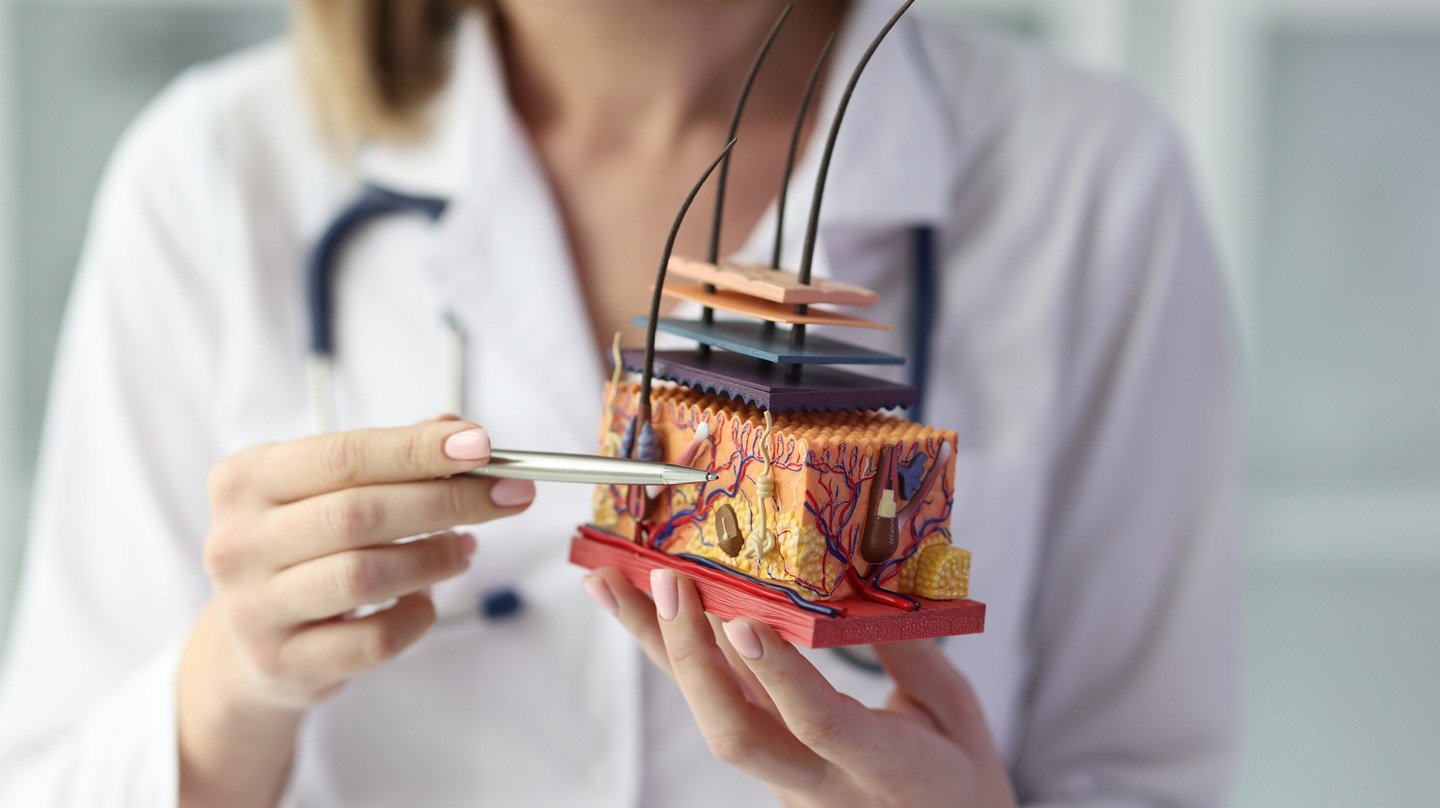Study Overview
Pathologists’ evaluations of tissue samples from skin cancer tumors have shown improvement when assisted by an AI tool. This enhancement leads to more consistent assessments and more accurate patient prognoses, according to a study conducted by Karolinska Institutet in collaboration with Yale University.
Importance of Tumor-Infiltrating Lymphocytes (TILs)
Tumor-infiltrating lymphocytes (TILs) are crucial biomarkers in various cancers, including malignant melanoma. These immune cells, located in or near tumors, significantly influence the body’s response to cancer. In malignant melanoma, a higher presence of TILs is associated with better outcomes. Pathologists play a vital role in estimating TIL levels, and this study explored how AI can assist in this process.
Study Design
The research involved 98 pathologists and professionals from related fields, divided into two groups:
- The first group consisted of experienced pathologists who assessed TIL levels in digital images of stained tissue sections using standard guidelines.
- The second group included pathologists and other professionals with some experience in pathological image assessment, who were supported by AI in quantifying TILs.
All participants evaluated 60 tissue sections from patients diagnosed with malignant melanoma. The study was retrospective, meaning the diagnoses and treatments had already been established.
Key Findings
The AI-assisted assessments demonstrated several advantages:
- High Reproducibility: Results were consistent across different reviewers, addressing variability in TIL assessments that can affect medical safety.
- Improved Prognostic Accuracy: The AI-supported evaluations provided a more precise understanding of patients’ disease prognoses, with a known ‘correct answer’ for comparison.
Future Implications
According to Balazs Acs, associate professor at Karolinska Institutet, understanding the severity of a patient’s disease through tissue samples is crucial for determining treatment aggressiveness. The AI tool developed could assist in quantifying the TIL biomarker, potentially aiding future treatment decisions. However, further studies are necessary before this tool can be integrated into clinical practice.
Funding and Acknowledgments
The research received funding from the Swedish Society for Medical Research and Region Stockholm, along with several grants from the US National Institutes of Health.
